THE SEVEN RULES THAT WILL HELP IN UNDERSTANDING THE WORKINGS OF THE SUPPLY CHAIN
The pandemic threw the supply chain out of gear, making people sit and take note of the supply chain industry and how it can impact their lives.
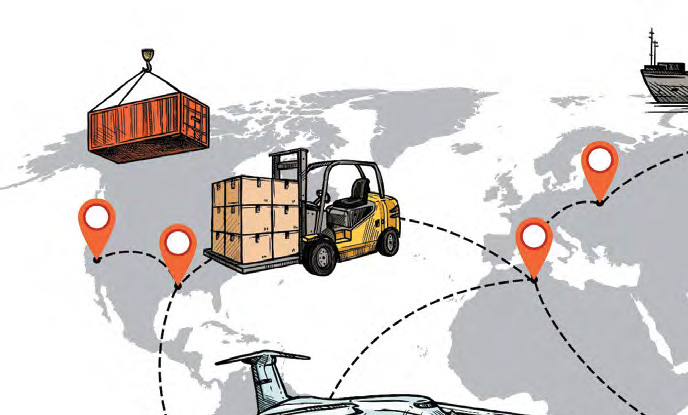
So, what exactly is a supply chain?
Supply chains are networks that link producers to consumers, often with dozens of steps from beginning to end. The core job of supply chains is to match supply with demand; when things are going well, we tend to take them for granted. But as we have seen over the past 2½ years, this process can break down under stress.
We can understand why supply chains are in such turmoil if we know the seven fundamental principles that rule every supply chain.
Rule #1: The Presence of Several Layers in a Supply Chain
Supply chains have two parts – a production side and a distribution side. The production is where the final assembly of a product takes place, while the distribution side is where the products reach the buyer.
The disruption in the supply chain is evident at both ends, i.e., at the manufacturing or production side and the distribution side. In the case of the production side, where multiple parts are involved, companies turn to several suppliers to provide components. One of the best examples that can be cited is the case of a notebook computer that uses different companies to make the microprocessor chips, memory chips, display screen, keyboard, disk drive, battery, charger, etc. With several suppliers being involved and most of them not knowing exactly who is concerned, it’s hard to track the right supplier.
It’s almost like a layer cake. Companies end up with several tiers of suppliers. Layer-one firms supply them directly, layer twos supply layer ones, layer threes provide layers twos, and the train can be extended. The lower layer supplier might have shut shop at the start of the pandemic. However, the manufacturer might not be aware of this fact until the layer 1 supplier refused to deliver the parts.
On the distribution side, a simple supply chain might have several steps that connect a manufacturer to a retailer. The steps are bound to get compounded if the factory is far away. The hassles in the supply chain have happened on both the distribution side and the product side because companies ran out of parts, and on the distribution side, where shipping companies ran into bottlenecks due to such factors as labor shortages and congested ports.
Rule #2: Misinterpreting Sudden Spike in Demand
Demand forecasting is done based on past histories. But the pandemic created a spike in haywire. This was primarily because most people were into panic buying. This was the case with toilet paper and later exercise bikes. Also called the “bullwhip effect”, because of the amplification and oscillation in product volumes moving along the chain, looking like the cracking of a bullwhip. This is primarily because people make erroneous judgments about demand signals. The manufacturers add capacity, and suppliers stockpile the raw materials. With the delays in the chain, a flood of products comes down to retailers, which is when they decide to reduce future orders. The manufacturers slash production, leading to future shortages, and suppliers are left with raw materials.
Rule #3: The Just in Time Versus Just in Case Prediction
The bullwhip effect triggered the just-in-time production strategy. This was okay in cases where the suppliers and factories are closer geography-wise. This meant lean supply chains with better quality and less money getting tied up in inventory, leading to lower costs and better financial performance. However, this could not be worked on in scenes where the suppliers are spread worldwide. Scheduling deliveries just in time failed here. When demand spikes, bottlenecks start disrupting the international cargo shipments, and parts get delayed, which automatically results in higher costs.
Rule #4: Excess Demand Leads to Frantic Shortages
Ordering the raw materials over what is needed gives rise to two scenarios. First, they move in short supply or become harder to get. The second one is where the company gets stuck with excess inventory. Either way, much money gets spent. This does not mean you need to get off with the just-in-case prediction. It only means the right balance needs to be maintained. Communication is key here. It’s best if you are in open communication with the suppliers. It’s when people are guessing that they end up messing up the forecast signals.
Rule #5: Longer Distribution Tend to have more disruptions
Most of the distribution supply chain has several series of steps. This invariably results in many disruptions happening along the way. Before the pandemic, there was fair timing. But with labor shortages and several other bottlenecks, delays at one or two steps rippled the whole distribution chain.
Rule #6: Congestion Clogs Capacity
During the pandemic, container lines assigned more ships and containers to the trade lane owing to the high demand from US customers. But the increased number of ships and containers only froze the speed and capacity, which was otherwise on track. This resulted in higher freight rates and stuck inventory in the ships due to the traffic.
Rule #7: Unidentifiable Bottlenecks
Bottlenecks come in as ripples. When 100 ships are waiting to offload, it is easy to think that the problem is at the Los Angeles or Long Beach ports. But in reality, the problems caused by the distribution centers were closer to the consumers. Trying to increase ports’ capacity by running them 24 hours a day didn’t help because the problem was there was no place for the containers to go. Many warehouses were and are still chockablock with inventory, so they have difficulty unloading containers. That backs up the whole chain—to the ships sitting at sea.
The above seven principles will help understand how the supply chain works and disruptions. Several phenomena, from misread demand spikes to congestion and bottlenecks, have led to hindrances.
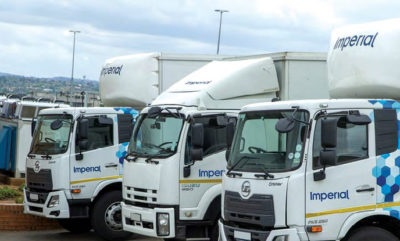 Mohammed Akoojee, the Chief Operating Officer of DP World Logistics and Group CEO for Imperial, spoke about this move, “PST’s sound knowledge of the consumer landscape in Botswana, coupled with its comprehensive distribution and sales solutions, aligns well with DP World’s strategic objective of leveraging assets and logistics to create an integrated global supply chain – from the factory floor to customer door.”
Mohammed Akoojee, the Chief Operating Officer of DP World Logistics and Group CEO for Imperial, spoke about this move, “PST’s sound knowledge of the consumer landscape in Botswana, coupled with its comprehensive distribution and sales solutions, aligns well with DP World’s strategic objective of leveraging assets and logistics to create an integrated global supply chain – from the factory floor to customer door.” Cheques returned due to insufficient funds ha been decriminalized to a large extent, and criminal liability will only accrue in cases where the cheque has been issued for an illegal purpose, bounced as a result of being delivered in bad faith, or as a result of fraud or forgery, or has been deliberately written or signed in a way that makes them untenable. It may also accrue criminal liability if proven that:
Cheques returned due to insufficient funds ha been decriminalized to a large extent, and criminal liability will only accrue in cases where the cheque has been issued for an illegal purpose, bounced as a result of being delivered in bad faith, or as a result of fraud or forgery, or has been deliberately written or signed in a way that makes them untenable. It may also accrue criminal liability if proven that:
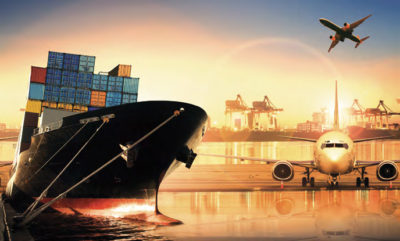 The US capacity crunch is expected to be driven by a perfect storm of canceled China to US sailings, congestion at US airports, limited warehouse space, labor shortage, and rising inflation, said Fried. Fried has, in fact, emphasized this factor to the Los Angeles Air Cargo Association (LAACA).
The US capacity crunch is expected to be driven by a perfect storm of canceled China to US sailings, congestion at US airports, limited warehouse space, labor shortage, and rising inflation, said Fried. Fried has, in fact, emphasized this factor to the Los Angeles Air Cargo Association (LAACA). “An organization’s ability to learn, and translate that learning into action rapidly, is the ultimate competitive advantage,” remarked Jack Welch, the former CEO of General Electric. This adage gains more significance today than at any other time in history.
“An organization’s ability to learn, and translate that learning into action rapidly, is the ultimate competitive advantage,” remarked Jack Welch, the former CEO of General Electric. This adage gains more significance today than at any other time in history.
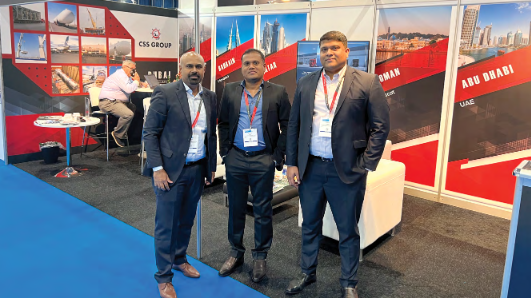

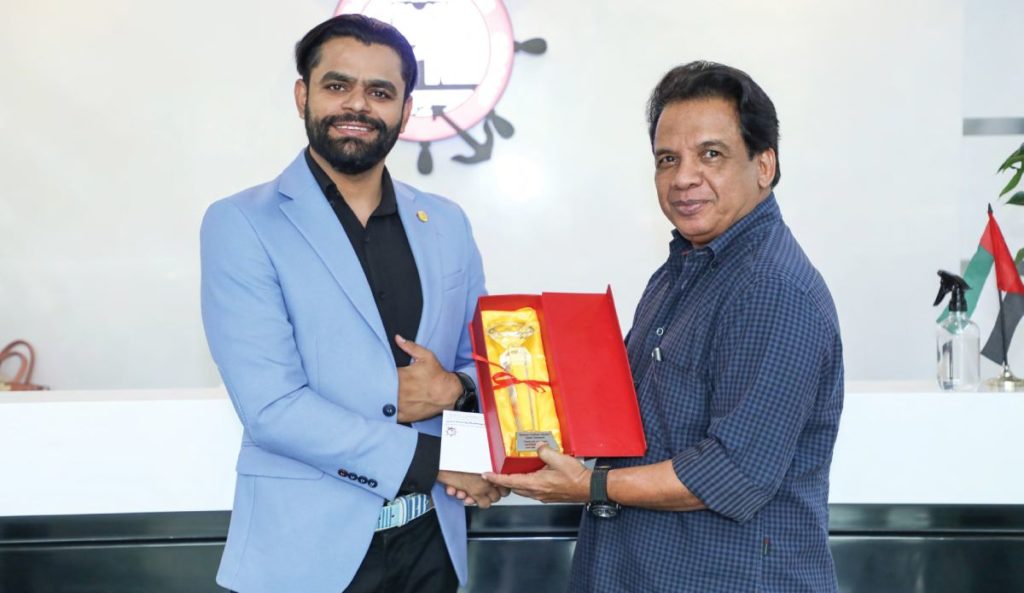
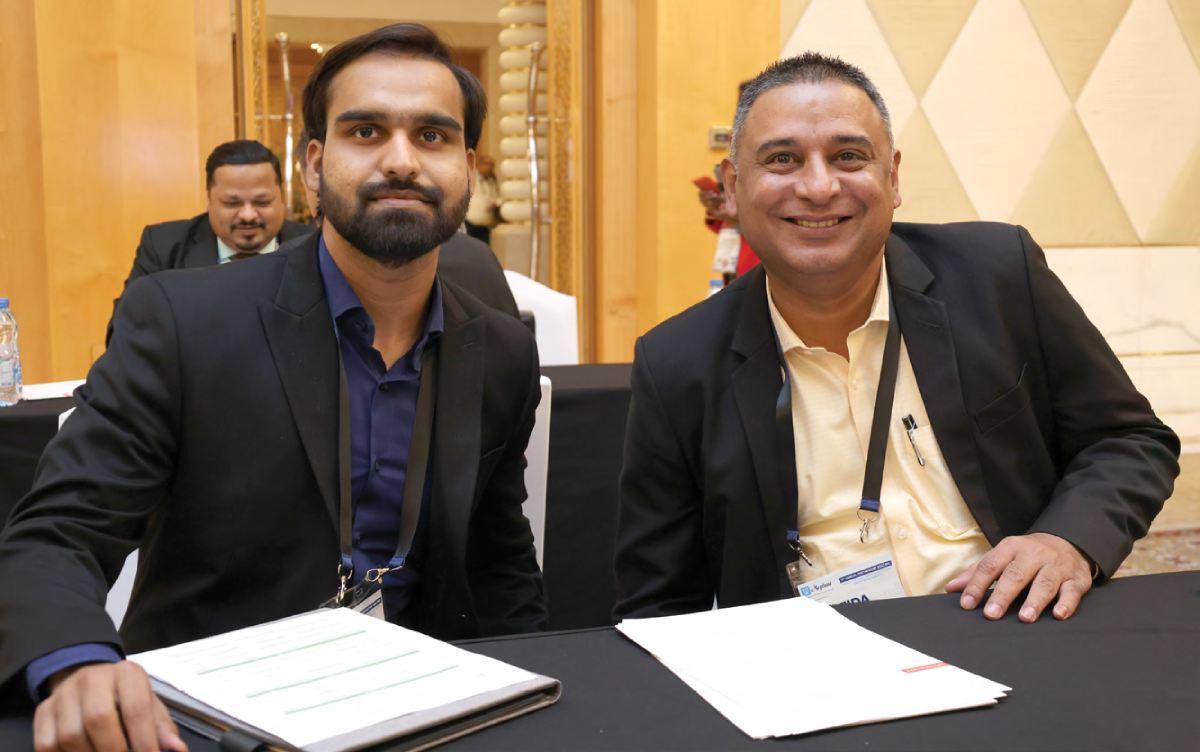
 The Ice-Breaker Session
The Ice-Breaker Session



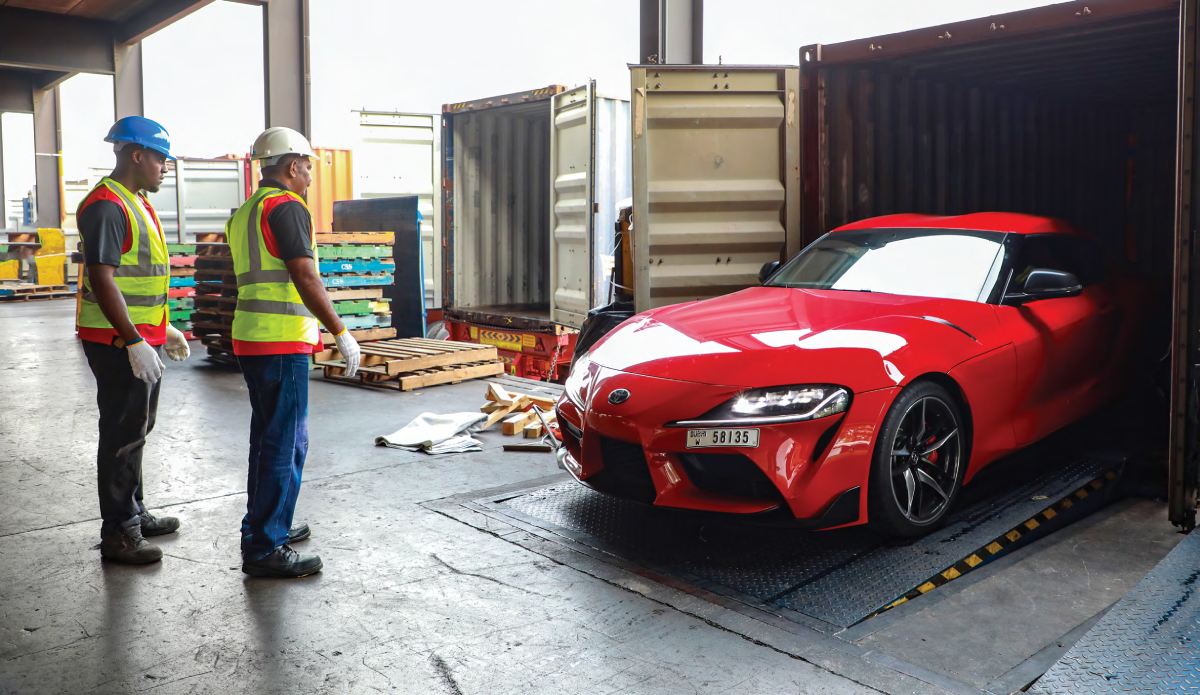
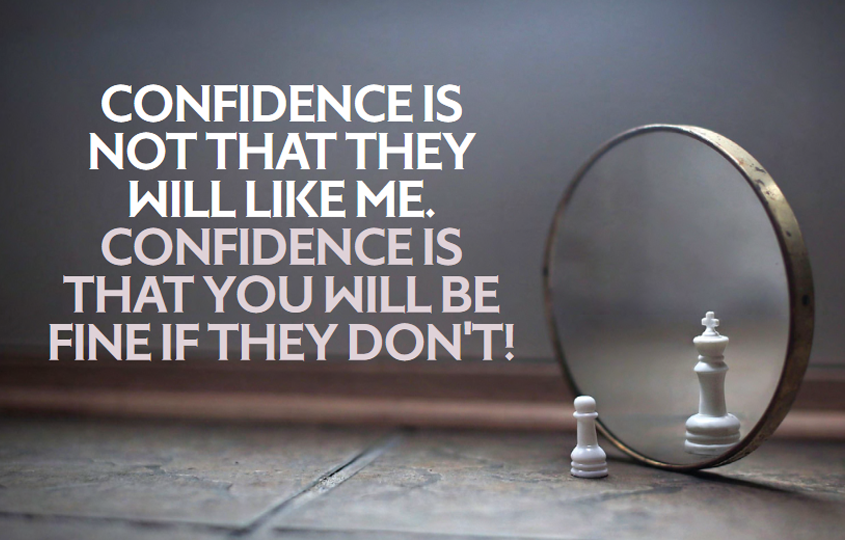

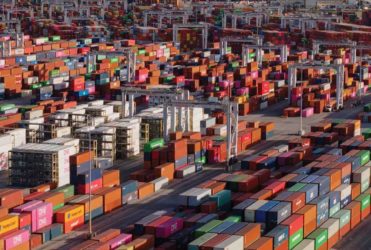 Dozens of mainland Chinese cities, including the financial hub of Shanghai, have been locked down as authorities work towards their “Zero Covid” policy. The lockdown was enforced from the beginning of April and has dealt a heavy economic blow to China.
Dozens of mainland Chinese cities, including the financial hub of Shanghai, have been locked down as authorities work towards their “Zero Covid” policy. The lockdown was enforced from the beginning of April and has dealt a heavy economic blow to China.
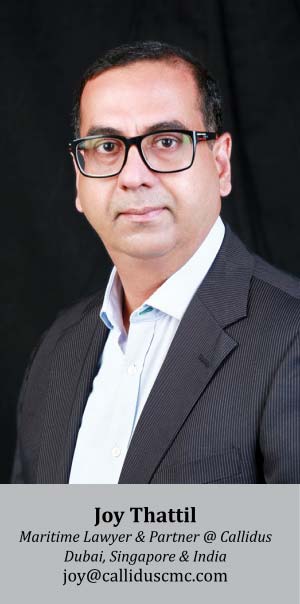 Recently the Courts and Legal System of the Kingdom of Saudi Arabia introduced a new Royal Decree No. M/16 on 30/1/1443H to amend the judicial cost systems and implement the court fee for the newly filed legal suits. The new Law came into effect on 13th March 2022, encouraging litigants to settle their disputes amicably.
Recently the Courts and Legal System of the Kingdom of Saudi Arabia introduced a new Royal Decree No. M/16 on 30/1/1443H to amend the judicial cost systems and implement the court fee for the newly filed legal suits. The new Law came into effect on 13th March 2022, encouraging litigants to settle their disputes amicably.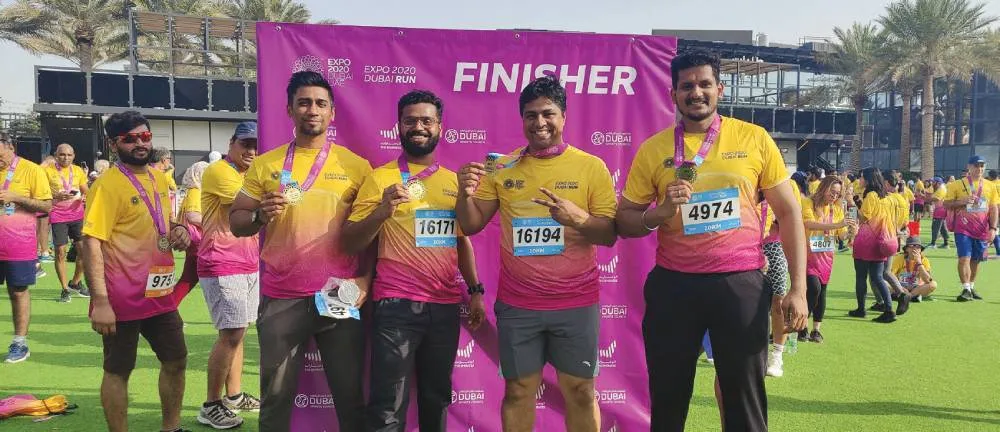
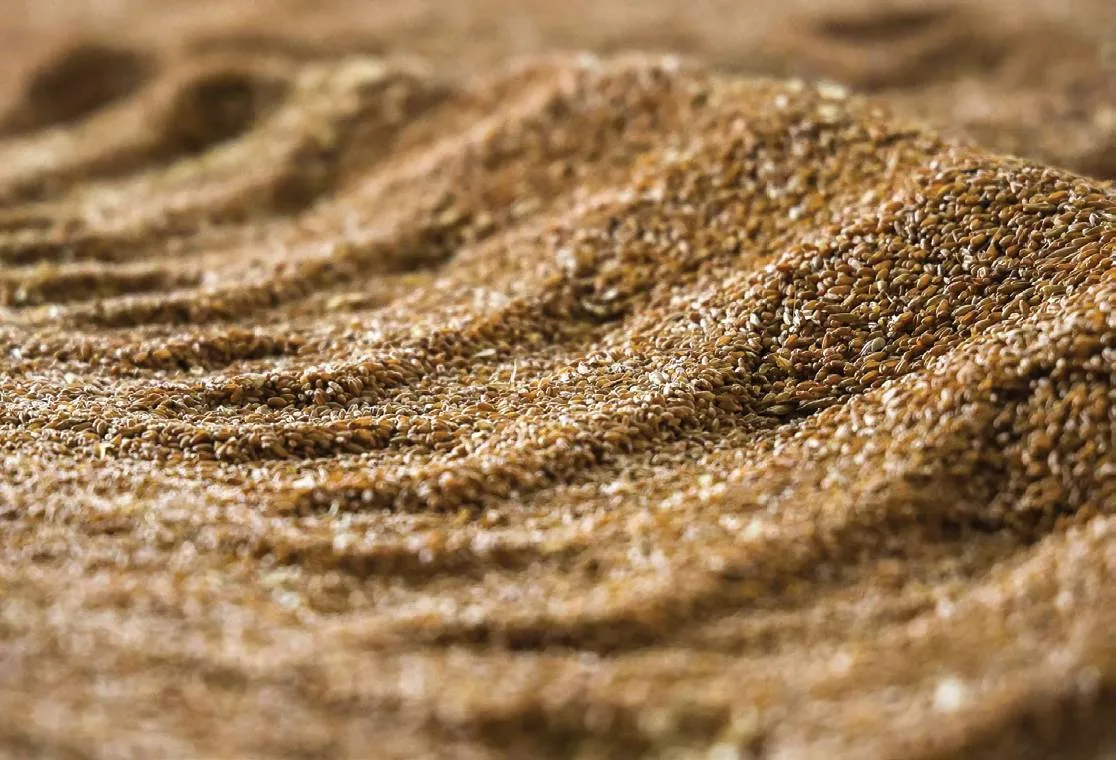
 …Tring Tring…
…Tring Tring…
